This has been bugging me for a long time. Take this video for example.
I have always thought that electricity will take the shortest path. When the electromagnet's windings are uninsulated, it seems that the electricity would flow straight through the "mass of metal" created by the wire, not in the circular path needed for the electromagnet to work. I have also seen solenoids that work like this. How does this design work?


